With Ukraine’s military facing mounting deaths and a stalemate on the battlefield, army recruiters have become increasingly aggressive in their efforts to replenish the ranks, in some cases pulling men off the streets and whisking them to recruiting centres using intimidation and even physical force.
Recruiters have confiscated passports, taken people from their jobs and, in at least one case, tried to send a mentally disabled person to military training, according to lawyers, activists and Ukrainian men who have been subject to coercive tactics. Videos of soldiers shoving people into cars and holding men against their will in recruiting centres are surfacing with increasing frequency on social media and in local news reports.
The harsh tactics are being aimed not just at draft dodgers but at men who would ordinarily be exempt from service – a sign of the steep challenges Ukraine’s military faces maintaining troop levels in a war with high casualties, and against a much larger enemy.
Lawyers and activists say the aggressive methods go well beyond the scope of recruiters’ authority and in some cases are illegal. They point out that recruiters, unlike law enforcement officers, are not empowered to detain civilians, let alone force them into conscription. Men who receive draft notices are supposed to report to recruitment offices.
READ MORE
The unconventional tactics have led to a number of court cases this autumn as men challenge what they claim are wrongful draft notices, unprofessional medical commissions and forced mobilisation. In November alone, there were 226 court decisions related to mobilisation, according to publicly available records.
Complicating the issue is the fact that Ukraine has been under martial law since Russia invaded in February 2022. Some lawyers contend that this has laid the groundwork for a subjective interpretation – and abuse – of conscription laws.
“The military feel their impunity,” said Tetiana Fefchak, a lawyer who is the head of a public organisation that represents men in conscription cases near the city of Chernivtsi, in western Ukraine. She said she believes that some of the tactics violated Ukrainian law.
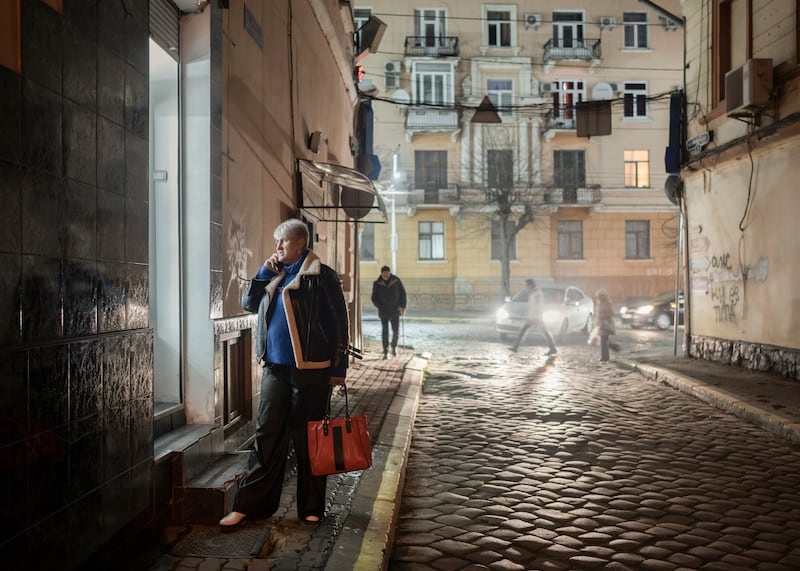
Whatever the resolution of the court challenges, the increasingly aggressive recruiting tactics are a reminder that military manpower is Ukraine’s most vital and limited resource. They are also a measure of the brutalising effect on the citizenry of nearly 22 months of bloody combat.
After Russia invaded, Ukrainians rushed to enlist and defend their homeland. Now, the government acknowledges, many men are trying to avoid the fight.
Asked about accusations of forced conscription, Ukraine’s ministry of defence said in a statement: “Changes to the legislation relating to mobilisation and demobilisation processes are currently being developed in the Verkhovna Rada,” referring to Ukraine’s parliament. If they are adopted, the statement went on to say, the ministry “will analyse the approved norms”.
When Russia launched its full-scale invasion, the Ukraine government prevented men aged 18 to 60 from leaving the country and began several waves of troop mobilisations. And in May, Ukraine’s parliament voted to reduce the conscription age to 25.
Dmytro Yefimenko (34), a shop owner, is of prime draft age, but he broke his right arm this year and thought he was exempt from service. Then in June, as he was heading to a doctor’s appointment near the small western city of Vyzhnytsia, police stopped him at a checkpoint.
“Without any explanation, without documents, without reasons, an armed man got into my car and forced me to drive to the military recruiting centre,” Yefimenko said. He said the man did not provide identification.
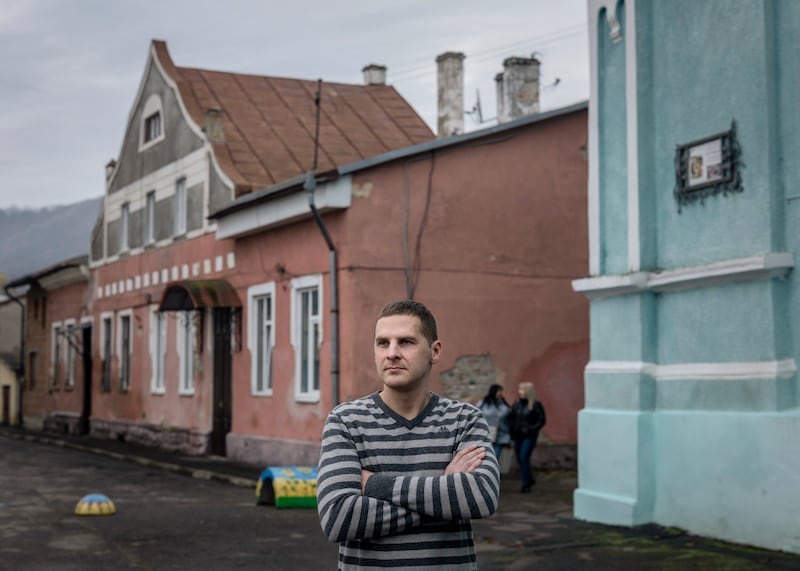
Yefimenko said he was given a hasty medical exam and detained at the recruiting centre. He managed to escape overnight, and since then he has undergone examinations to ensure that he is still medically exempt.
There is no official accounting of forced conscription cases, making exact figures impossible to verify. Lawyers and activists say there are thousands of examples like Yefimenko’s across Ukraine involving varying degrees of coercion. The New York Times spoke to more than two dozen lawyers, activists, soldiers, conscripts and family members of conscripts, and also reviewed text messages and military and medical documents, for this article.
[ Video: Vladimir Putin vows to fight until Ukraine ‘goals are achieved’Opens in new window ]
Text messages complaining about intimidating tactics provide a window into the problem.
“My husband was leaving the night shift in the morning, the recruiting centre team blocked his way and he was taken by force to go through the medical commission,” read one message to a Kyiv, Ukraine-based lawyer. Another message read, “The situation is such that men in camouflage uniforms came to the institution, took the phones from the guys and took them to the recruiting office, forcing them to sign something.”
These kinds of experiences have increased “massively in the last six months”, Fefchak said. At the beginning of the war, she said, there was no shortage of volunteer fighters. But in recent months, she has sometimes received 30 to 40 calls a day about men being forced into service. Other lawyers told of a notable increase in complaints.
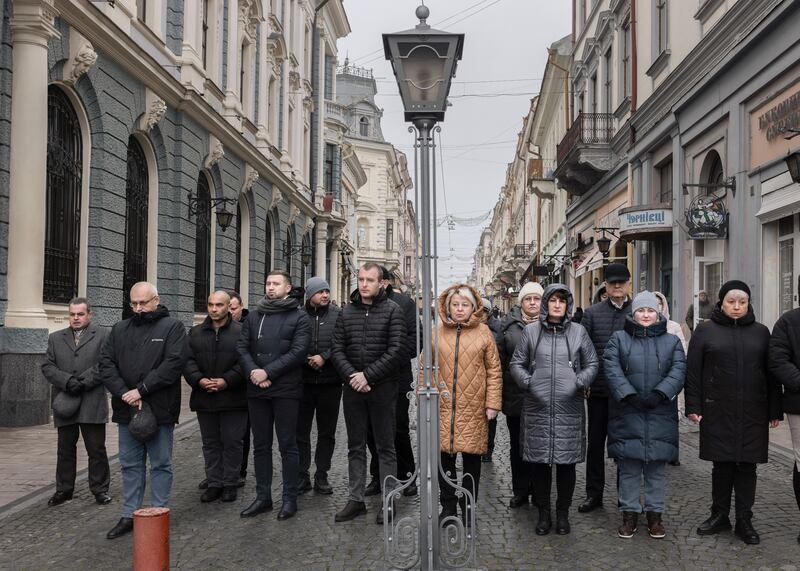
The practice of forced conscription can be traced to several issues, activists and lawyers say: vague laws; brutal fighting, including high casualty numbers; and corruption.
Though Ukraine closely guards its casualty figures, US officials estimate them to be well more than 150,000. Russian casualty numbers are estimated to be higher, but the military draws from a population roughly three times the size of Ukraine’s.
While some believe that high casualty numbers are partially to blame for aggressive conscription tactics, others point to a different reason: Many Ukrainian men have either fled or bribed their way out of the draft, leaving a shrinking pool of conscripts, some of whom are supposed to be exempt from mobilisation.
Among those remaining in the pool are many from impoverished circumstances.
“It’s a war for poor people,” said one Kyiv-based lawyer, requesting anonymity so as not to publicly criticise the military.
Ukrainian officials insist that they are cracking down on corruption. President Volodymyr Zelenskiy recently said the government was going to change the mobilisation system, though he did not provide specifics. In August Zelenskiy fired 24 regional recruitment chiefs after revelations of rampant bribery schemes surfaced.
But residents, lawyers and activists say that hasn’t solved the problem, because the officials occupying positions beneath the regional chiefs have mostly remained.
“Nothing has changed – quite the opposite, because they have tasks to send a certain number of guys to the front, and they catch everyone they can,” Fefchak said.
Andrii Semaka, a soldier who in the early months of the war worked in the Vyzhnytsia recruiting centre, said his office would bring in 15 to 20 potential conscripts a day. Roughly a quarter of them, he said, would bribe his superior, who remains in charge of the centre, offering about $1,000 (€915) to avoid being drafted. That price has only gone up since.
“It is a buyout from death – no one touches you anymore,” said Semaka, who was sent to fight in Bakhmut in June of last year.
One doctor at a nearby hospital, he said, would forge the documents from the medical commission after receiving a call from the recruiting centre. The supervisor would call the doctor and say: “‘For this one, write that he is unfit. And for the other, write that he is healthy’,” he said.
A duty officer answering the phone at the centre said the supervisor had declined to comment and referred questions to the regional centre.
The government said in August that it had opened more than 100 cases involving corruption in recruitment. Residents in the region have said more recently that it was open knowledge that men could buy their way out of service.
Like most militaries, Ukraine allows people to avoid the draft in certain circumstances. They include disability or illness and having family members who need care.
Those guidelines did not help one of Fefchak’s clients, Hryhorii Harasym (36), who is mentally disabled and taking medication for depression. He was cleared for military service, albeit in a limited capacity, and subsequently summoned for mobilisation, military documents show.
Fefchak was able to prevent his conscription by confronting the recruiters and accusing them of lawlessness. “They summoned to the army a person with an official diagnosis of ‘mental disability’ from childhood,” she said in disbelief.
In a brief interview, Harasym said little about his experience. When Fefchak reminded him to avoid recruiting officers and call her if anything happens, he began to sob.
For some communities, especially those never occupied by Russian troops, forced conscription tactics have left a deep impact.
Serhii Bolhov, who was drafted last winter, was killed in combat in July in southern Ukraine and recently buried in Oshykhliby, a village of about 2,000 people a dozen miles from Chernivtsi. His death sent a chill through the town, fanning residents’ fear of being taken from the streets and dying in battle.
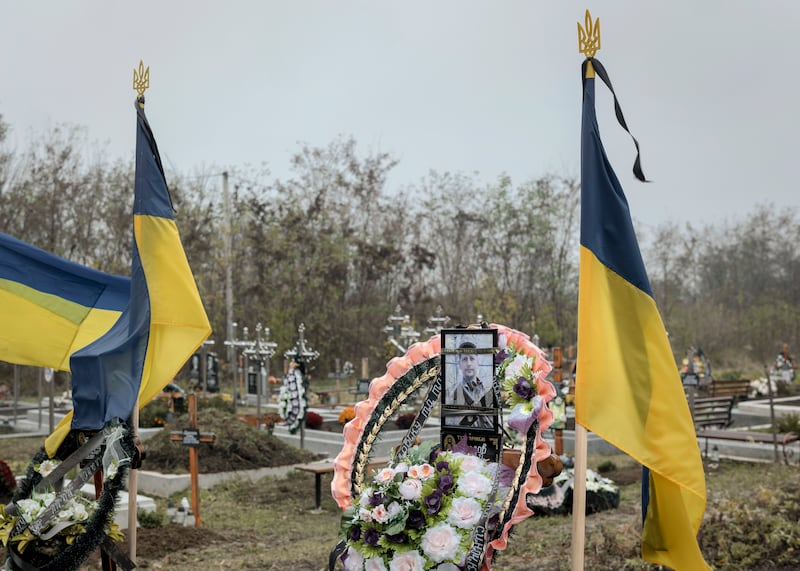
Bolhov (32), had been trying to avoid the officers from nearby Kitsman, which oversees recruiting in Oshykhliby, and was at work when he was brought in, his wife, Ivanna Bevtsek, said. “They did not let him go for a long time, until the evening,” she said. The recruiting officers “didn’t want to let him go at all”, she said.
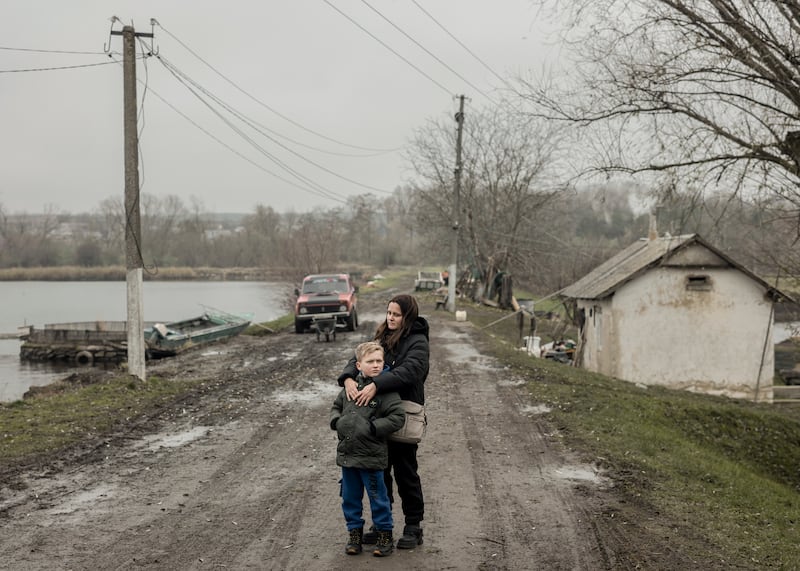
In Oshykhliby, the recruiters from Kitsman became known as the “people snatchers”, local residents said. Now some are complaining about a newer tactic they say the Kitsman centre has adopted: confiscating men’s passports after pulling them off the streets, ensuring they have to return to sign their draft papers.
One 58-year-old taxi driver in Kitsman, who declined to give his name, fearing retribution, said the recruiters had taken his passport and returned it a few days later after he showed up for the medical screening. “There’s lawlessness here,” he said angrily.
Other residents recounted similar instances, and a lawyer in Chernivtsi, who spoke on the condition of anonymity to avoid retribution, said she had dealt with several cases involving recruiters using that tactic.
Lieut Andrii Bolhovych, an officer on duty at the Kitsman recruiting centre, denied the accounts.
“This is the first time I’m hearing about it,” he said. “Nobody takes away passports here.” – This article originally appeared in The New York Times


















